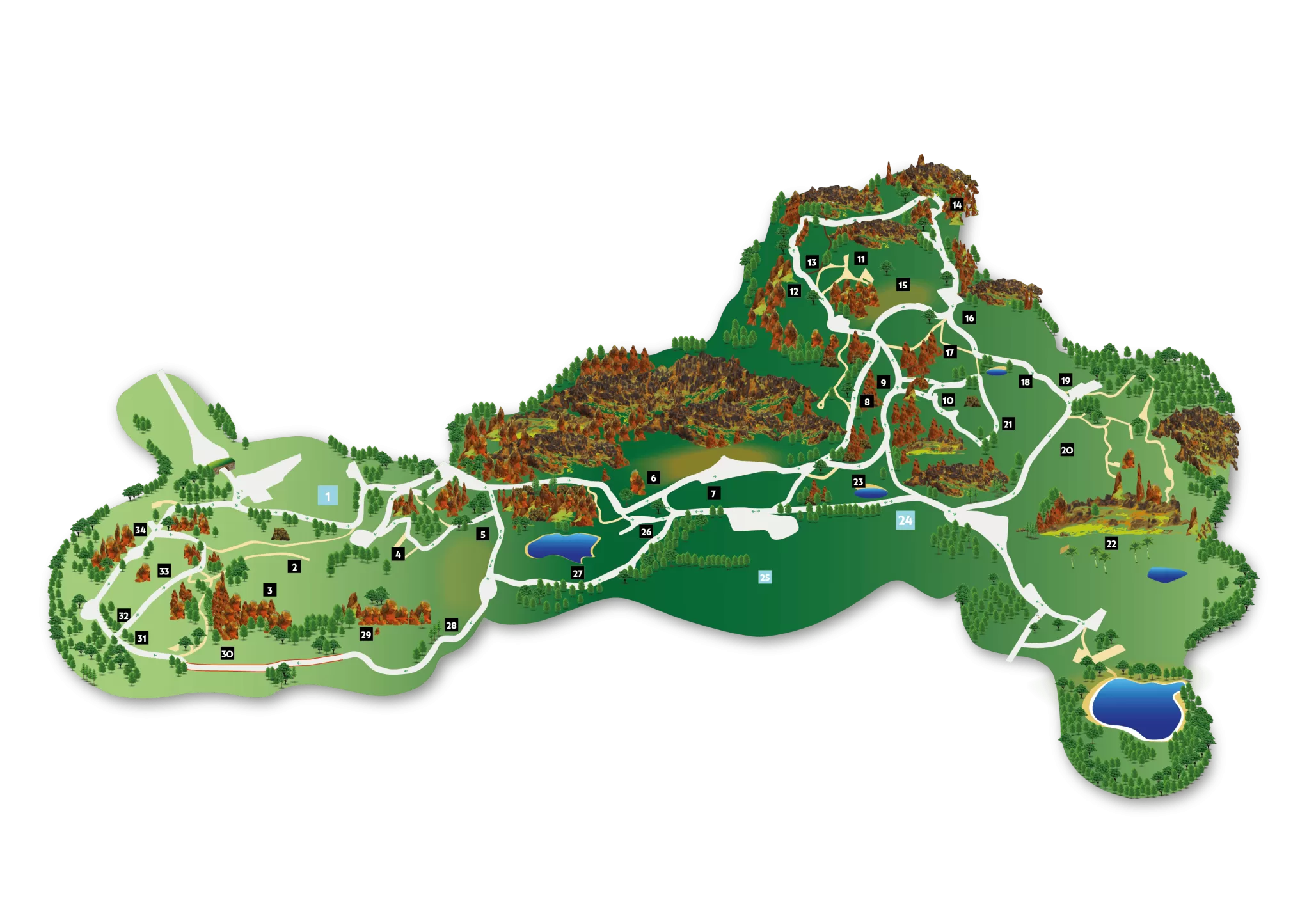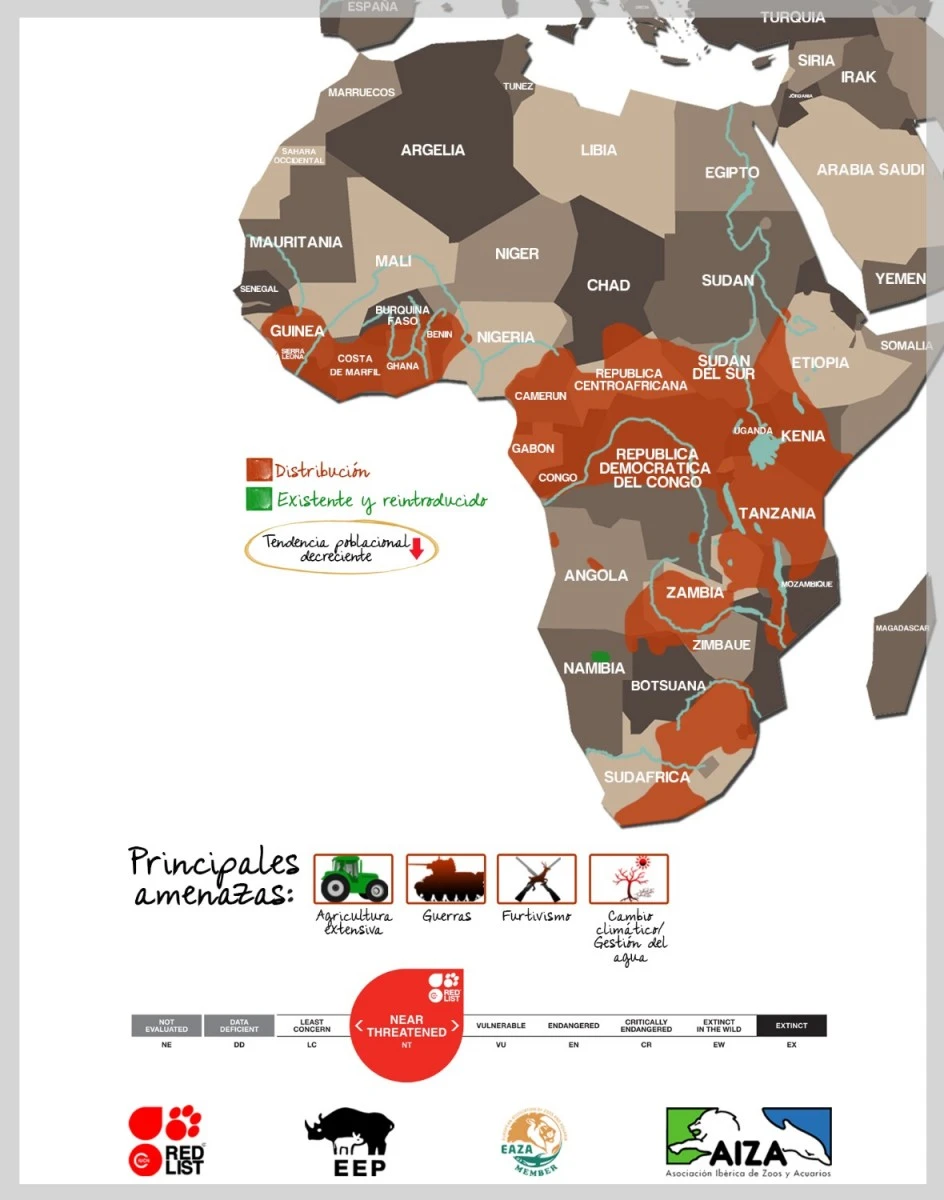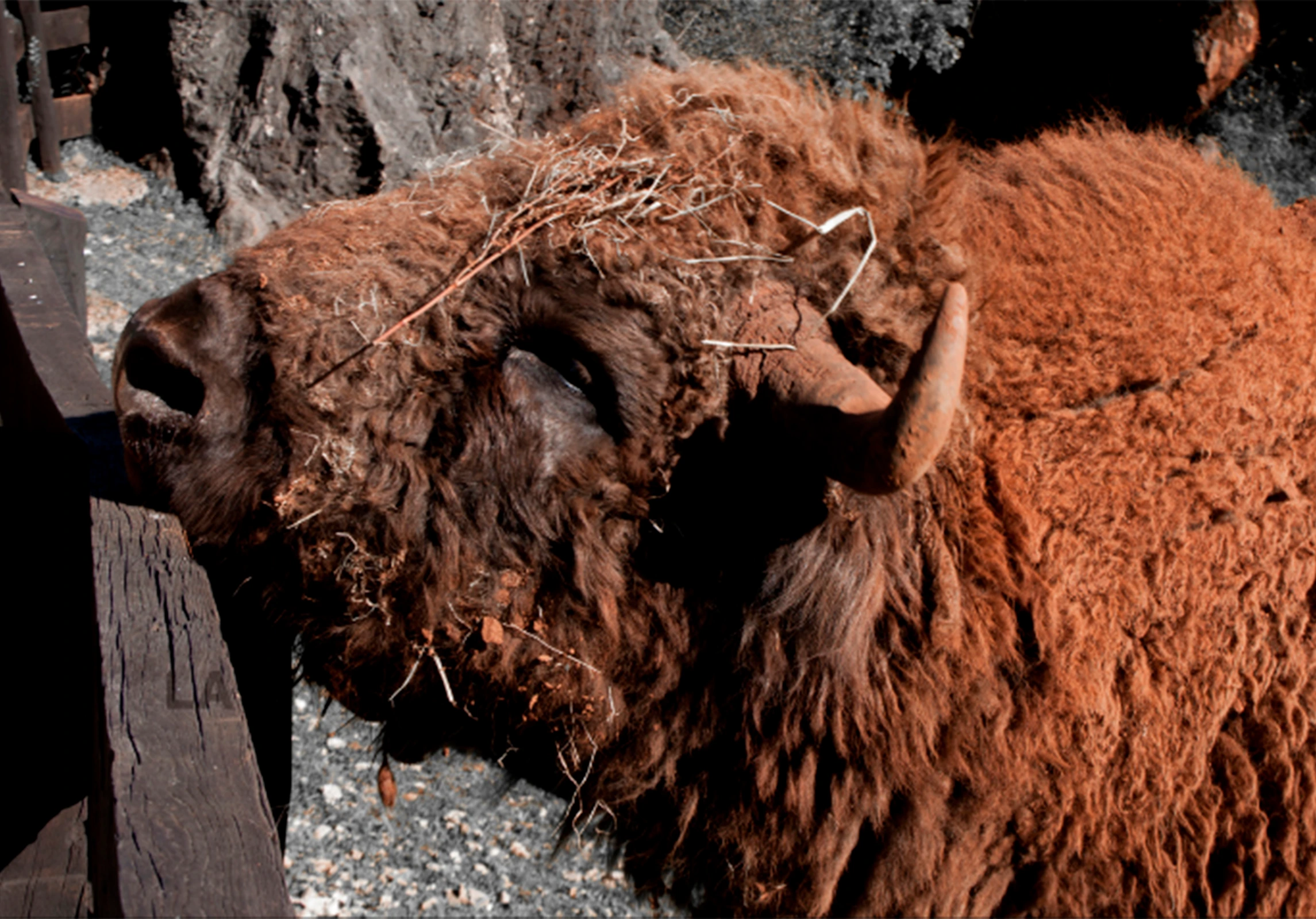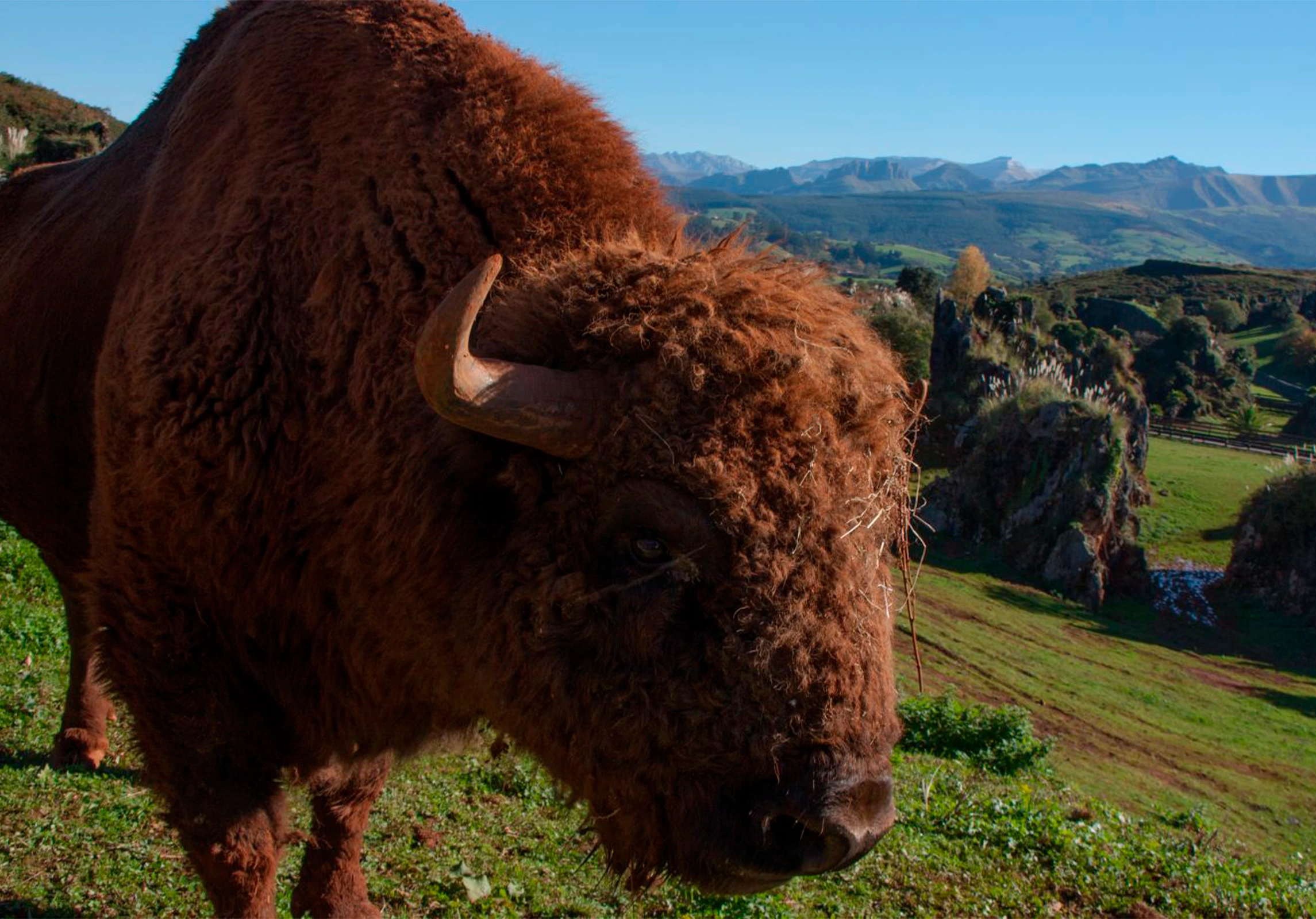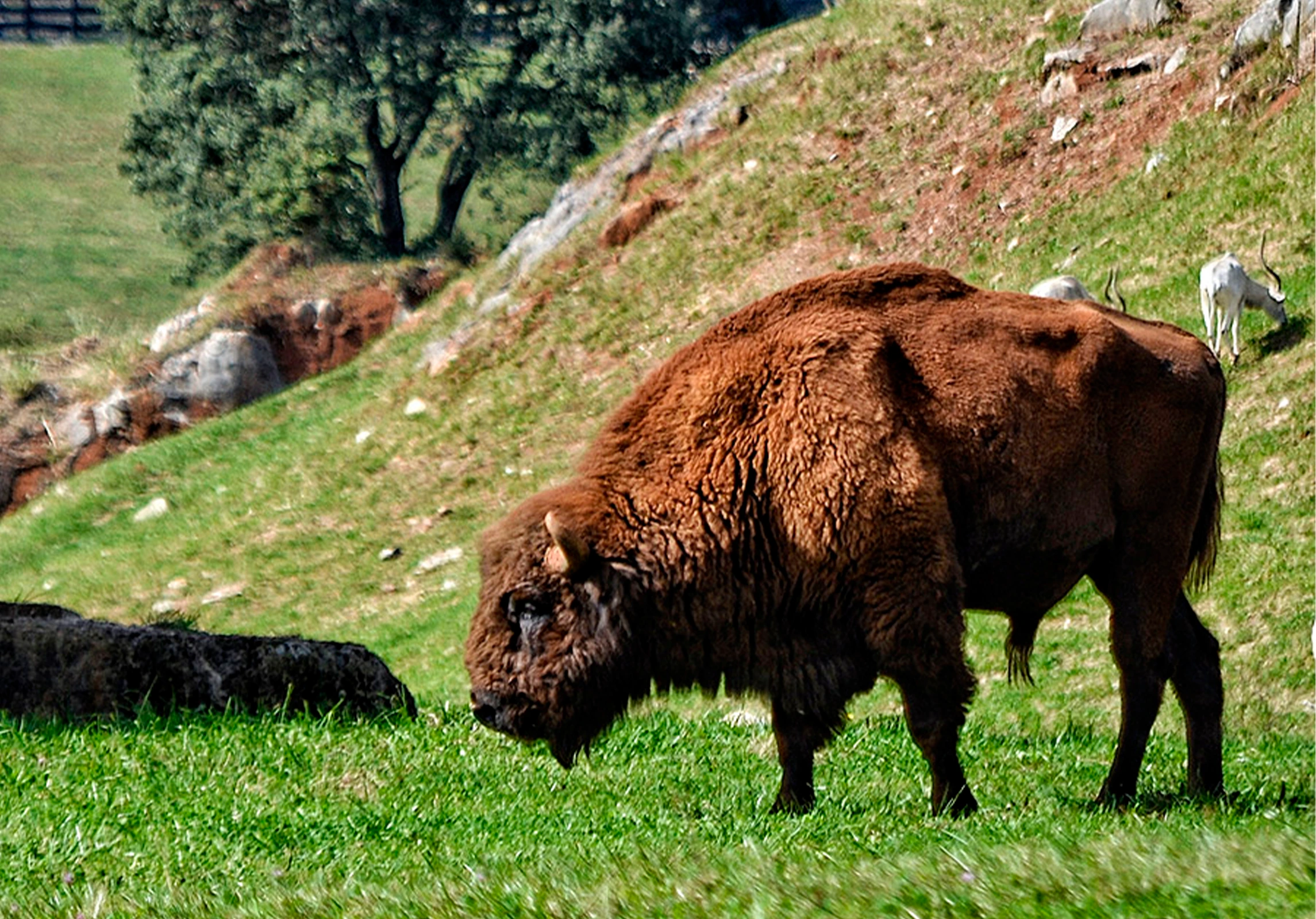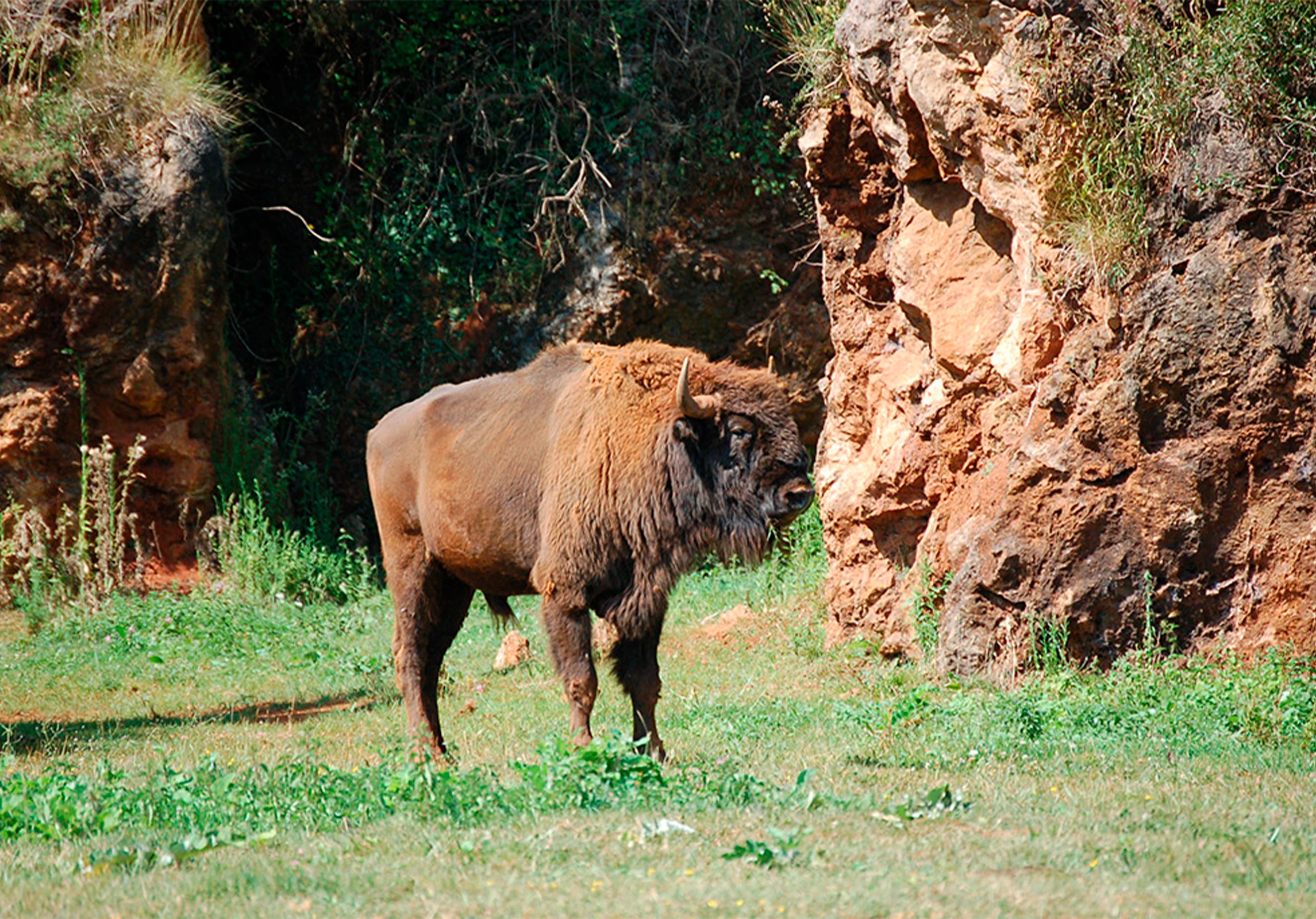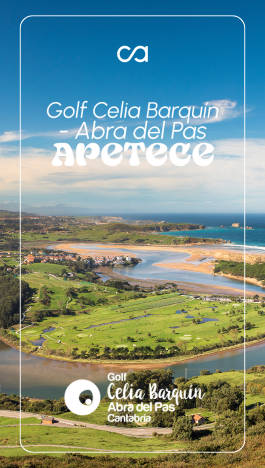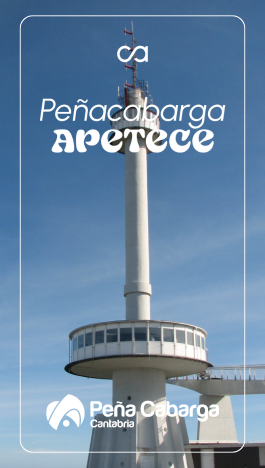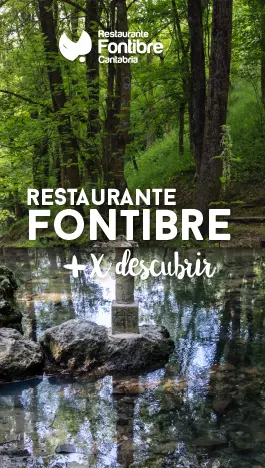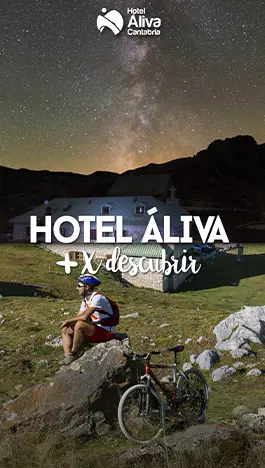
The bison is a powerful ungulate, of lively character and astonishing agility. It forms independent groups of males and females that only group together during the mating season, a time when males are more vigorous. At the end of this period, females separate from the herd and resume their quiet life. Nine months later, they give birth to a calf.
Throughout history, the bison has been one of the species most represented in Paleolithic cave art, notably the paintings in the Cave of Altamira (Santillana del Mar), where bison are represented with great realism. The representations in the Cave of Covaciella (Cabrales) are also notable, though less known than those of Altamira.
Previously, bison inhabited the entire European continent, but they completely disappeared from the forests towards the end of World War I. Currently, their only wild population is found in the Białowieża Forest, where they were repopulated starting in 1956 with some purebred specimens preserved in zoos.
Cabárceno Park plays a crucial role in the conservation of the European bison, standing out for its important work in preserving the genetic purity of these specimens. Since its opening, the park has achieved several births, which represents great help for the species. Furthermore, Cabárceno is part of a select group of European parks designated by the European Association of Zoos and Aquaria (EAZA) to develop reproductive programs aimed at guaranteeing the genetic diversity of the European bison.
This international collaboration is essential for the preservation and recovery of the species, as it allows for the sharing of efforts, knowledge, and resources among various parks throughout Europe.

